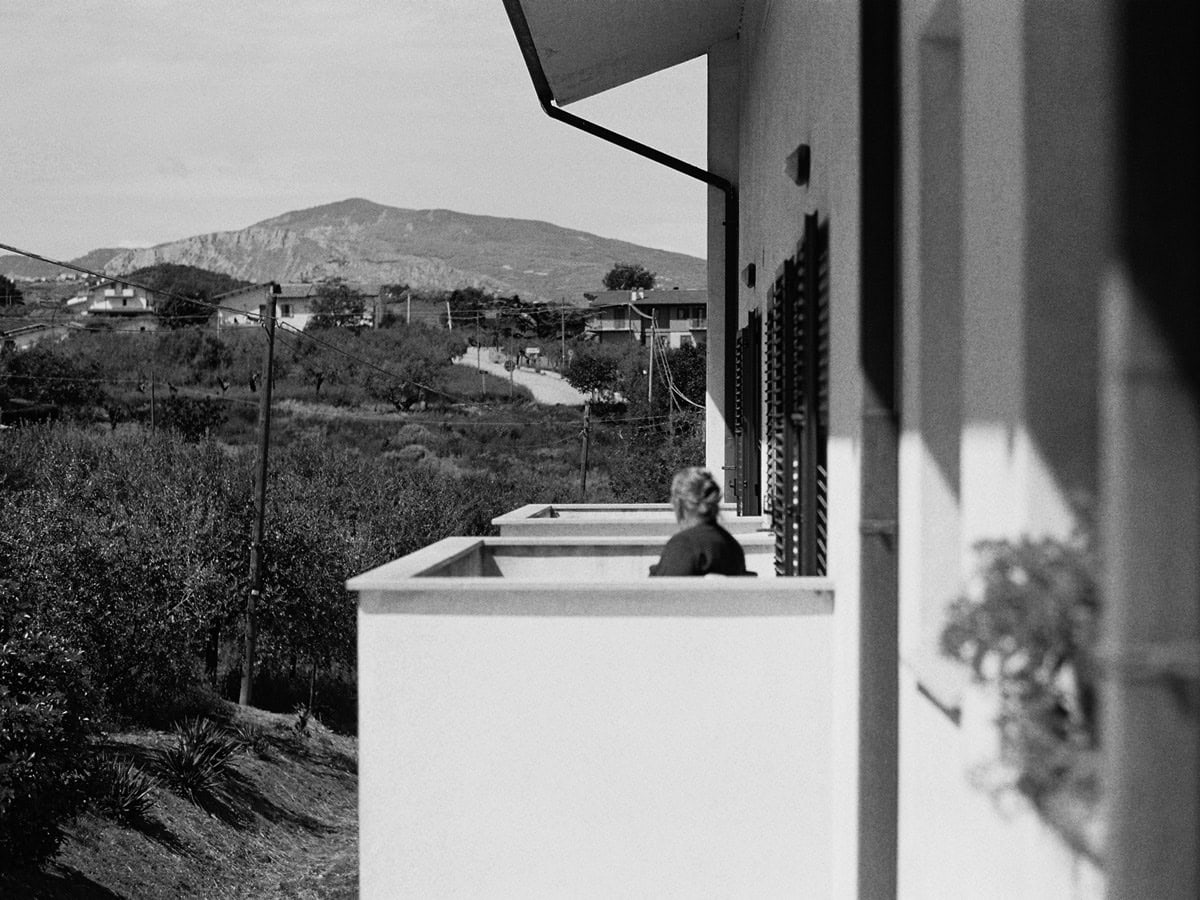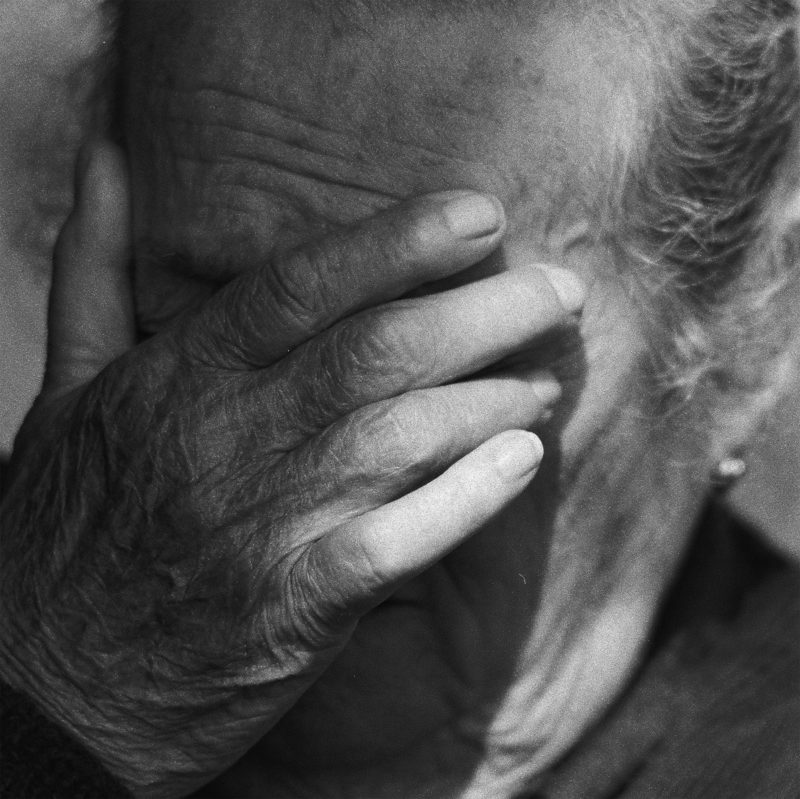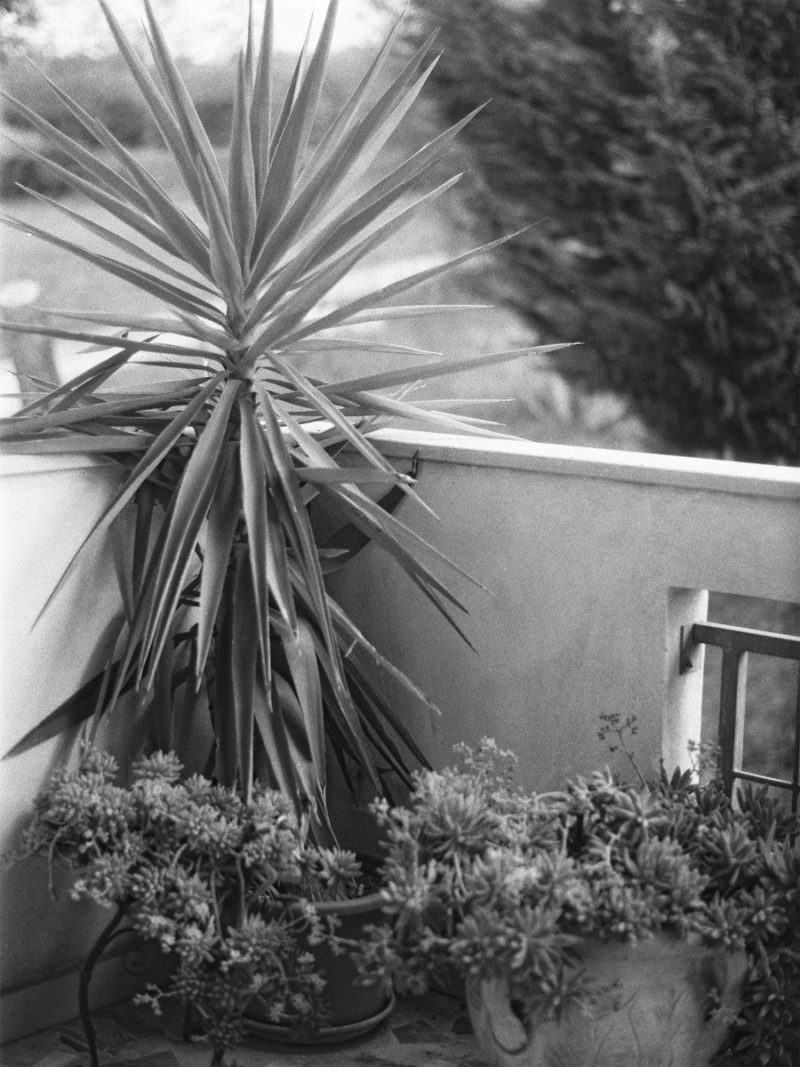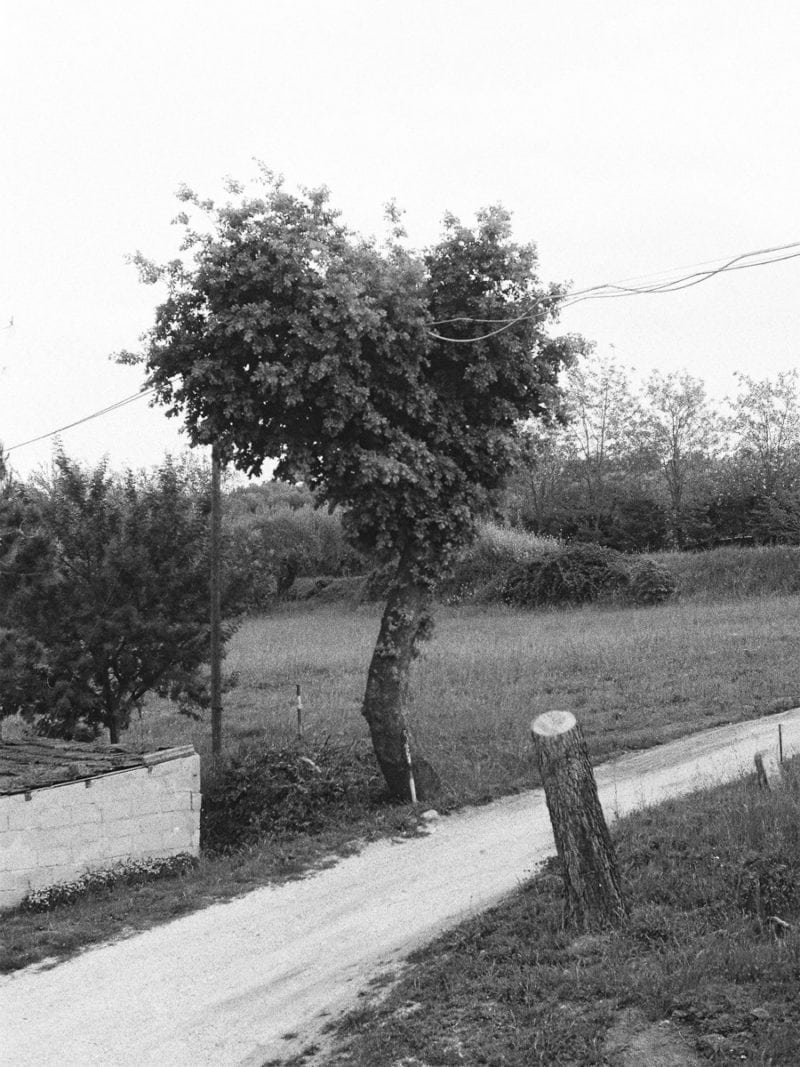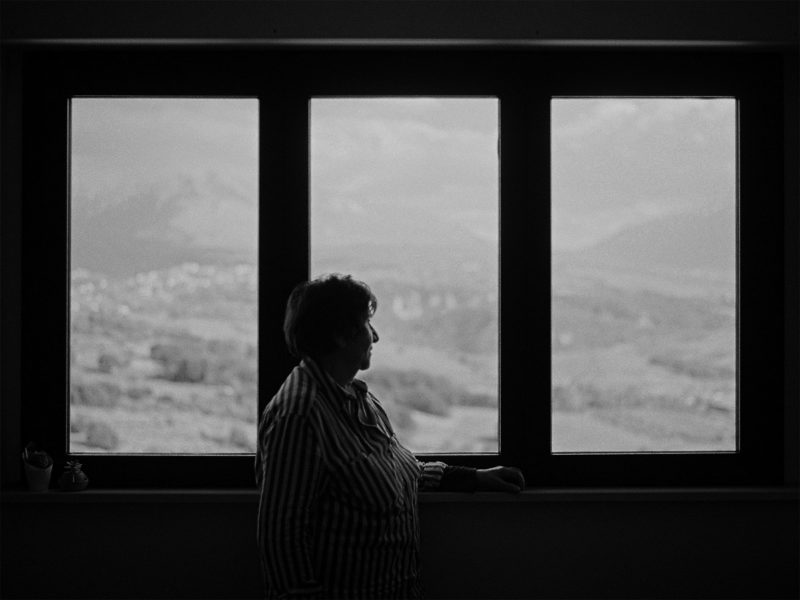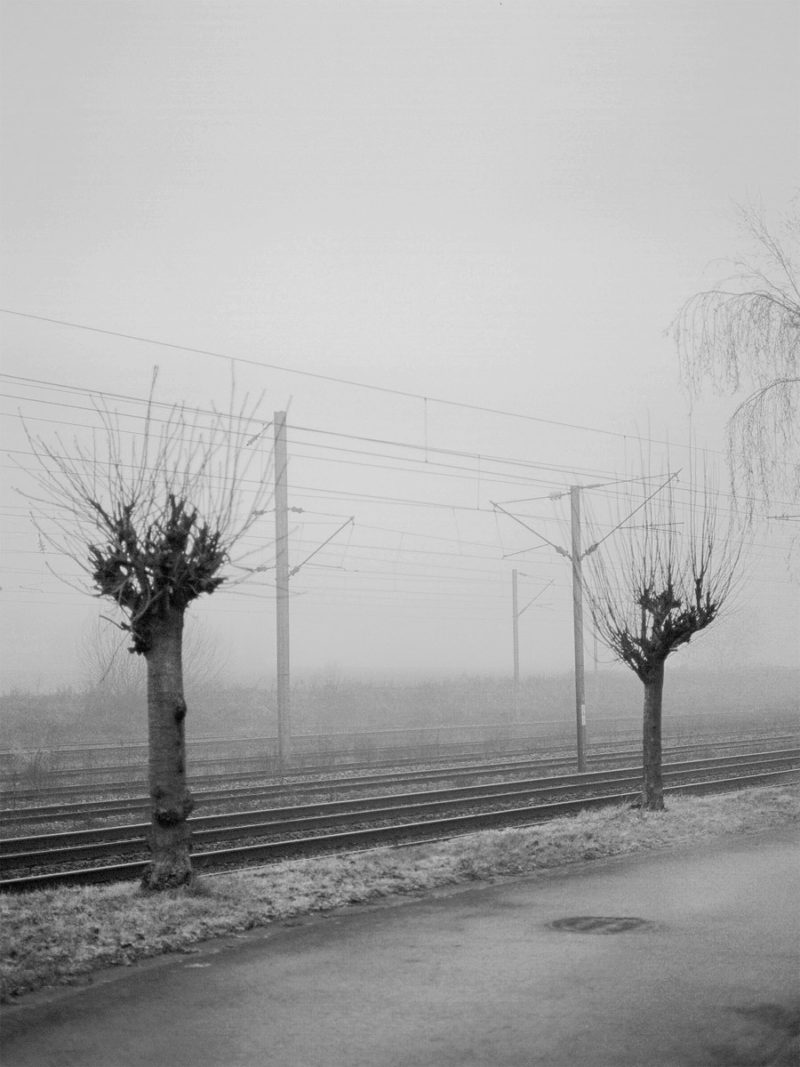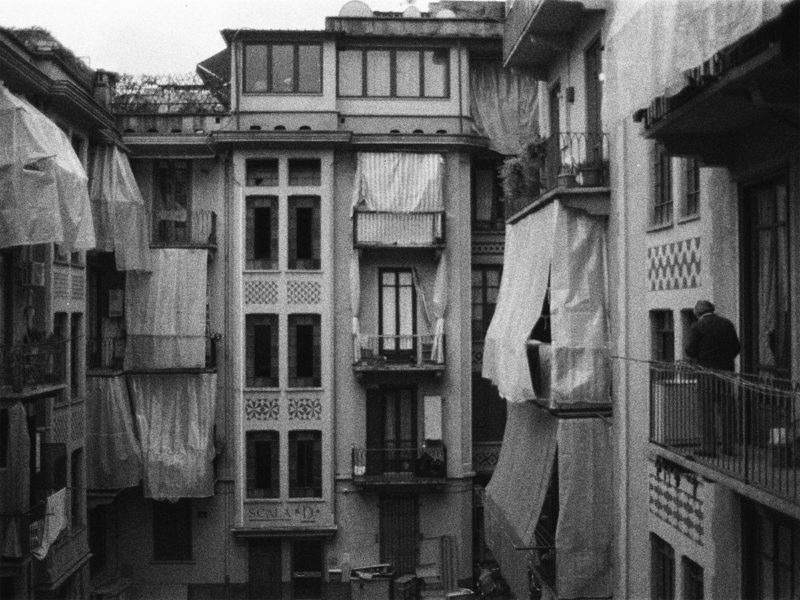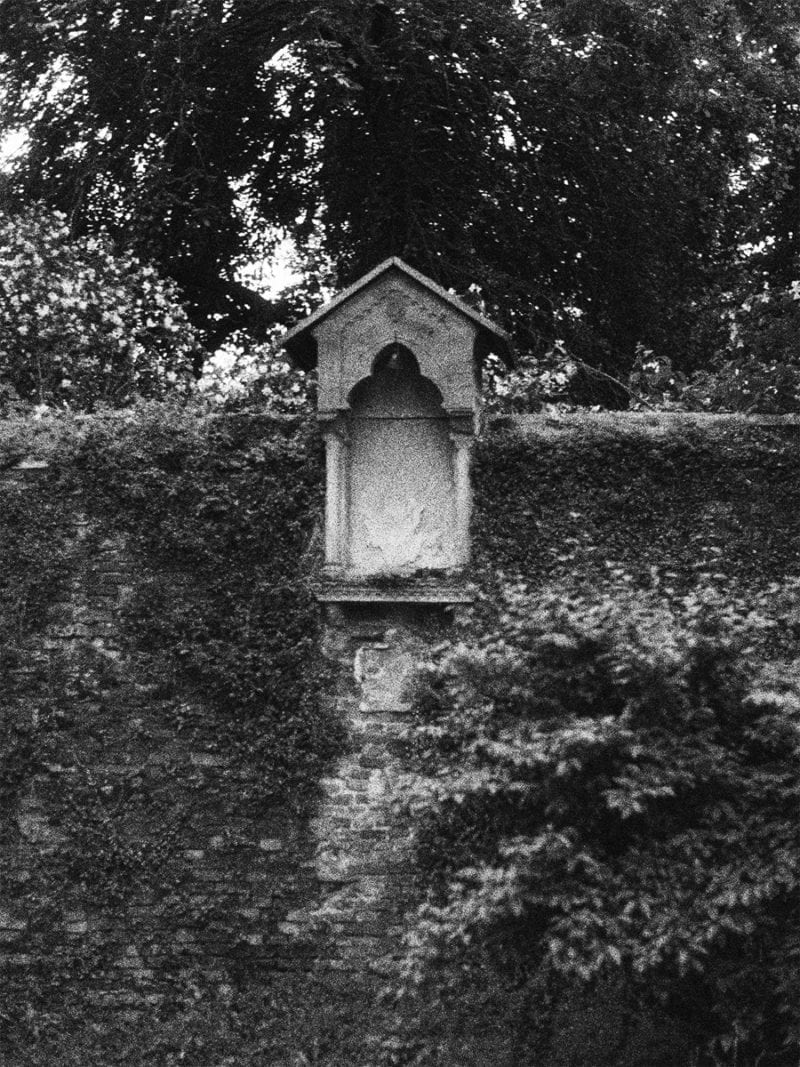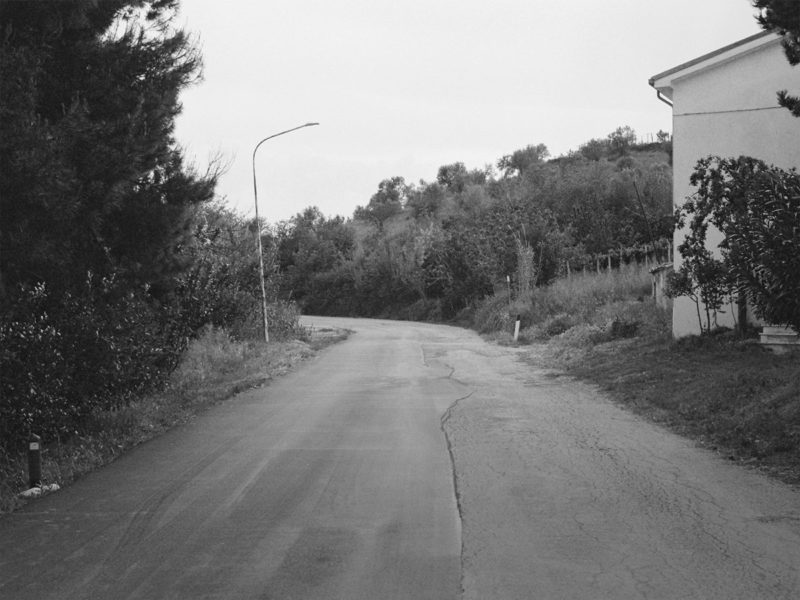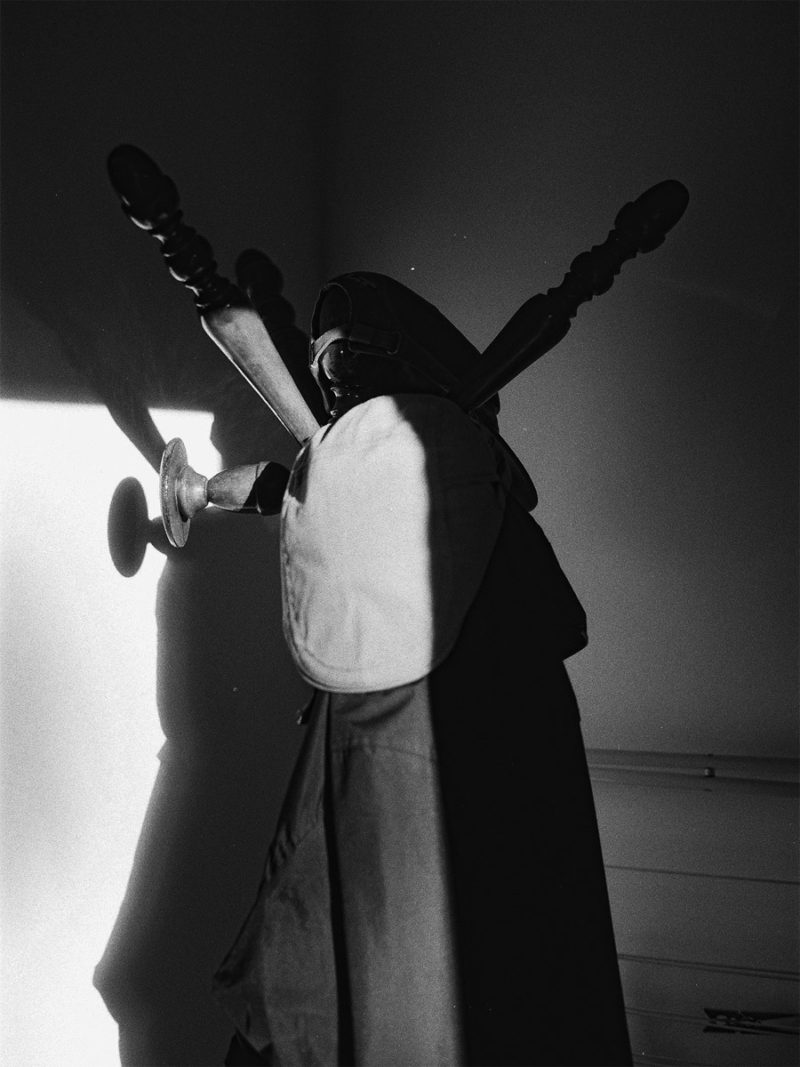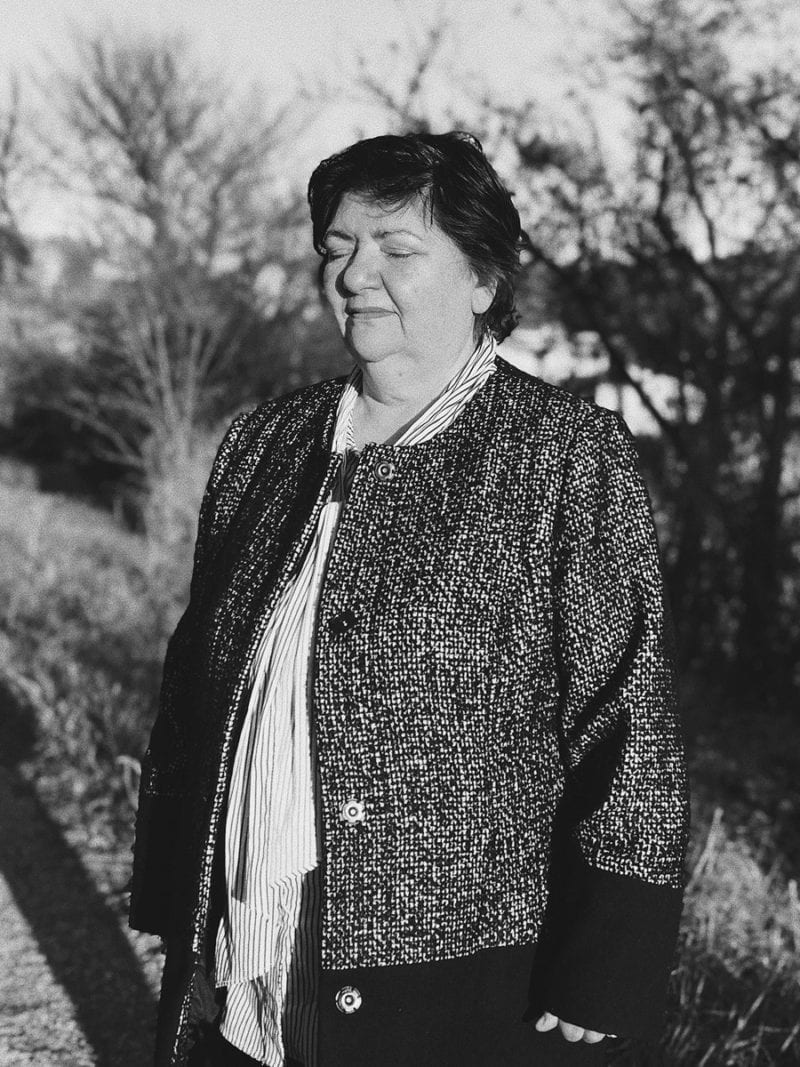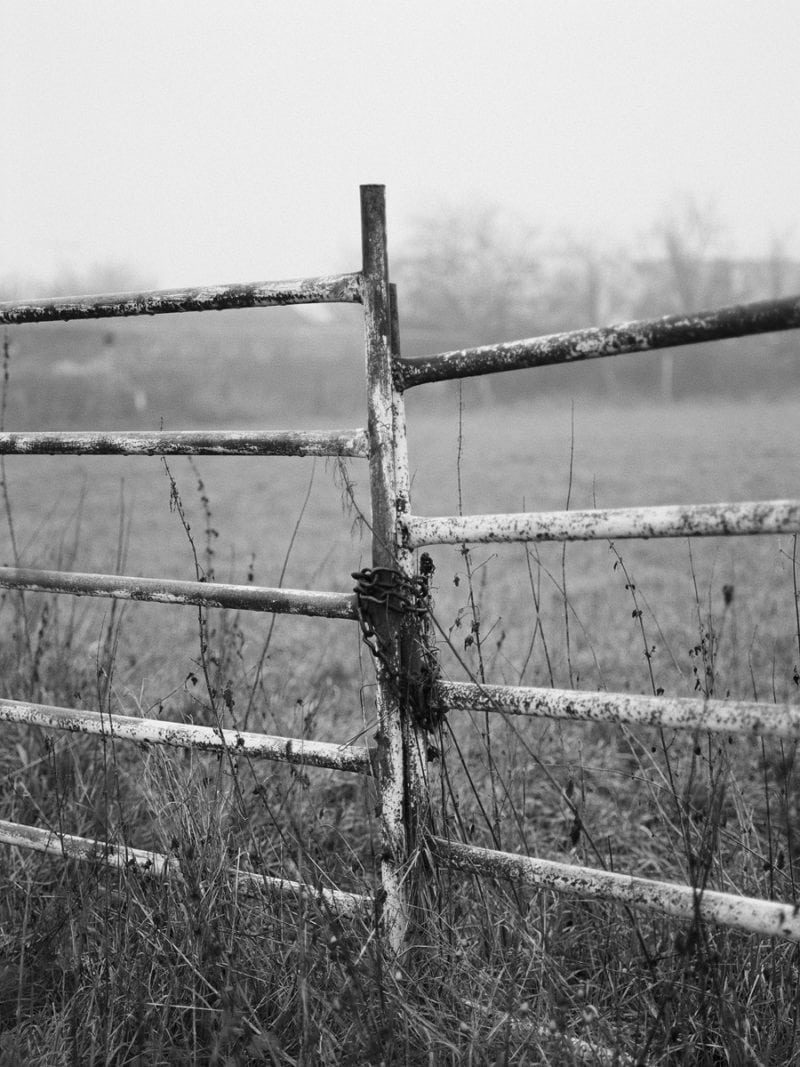This is an unpublished project premiered today on C41 Magazine.
Lorenza D’Orazio was born in Pescara in 1993. She is a young architect, by profession and photographer by passion, now based in Paris. She began to learn photography in 2017, familiarizing herself with her father’s film camera and taking photography courses offered by the University of Architecture of Pescara.
Fascinated by photography and architecture, and by the interaction between them, Lorenza discovers herself and the world without fear of limits and borders. Her curiosity and willingness to investigate lead her to a constant search for the unexpected and new kind of beauty through everyday imagination. Observation, photography, and representation are a triad of activities that constitute her main form of learning. She is devoted to film photography and to all the imperfections it generates. Her photos, immersed in a timeless atmosphere, suggest an intimate meditation.
About ‘Le temps qui passe et qui ne passe pas’ – words by Lorenza D’Orazio:
The project is a reflection concentrated in a limited time span, in which multiple perceptions of the temporal dimension come together, resulting in a set of subtle sensations. The time frame is limited to a few weeks and coincides with a moment of change (s). The change itself is never an exact moment; although the action that defines it may be, the dimension of acceptance and adaptation which take shape in a nuanced sign. In this case, various shades overlap, creating a vague impression.
The return to the origins, to the place of childhood and adolescence, at home, is the space of this vague time, full of uncertainty, questions, hopes. It is a welcoming and well-known space, but also the seat of the eternal reproposal of the same. It stimulates the desire for physical and mental estrangement. Memory and hope come into play, the temporal progression loses its linearity. The rhythm is cadenced by pauses, regressions, anticipations and accelerations: constant play of reflexes and dips in parallel worlds.
The characters of always become new, because the attention with which you look at them or listen to them is new and deeper. Synthesizing and selecting stimuli becomes exciting: feelings of anguish and relief alternate. Tales of more or less past events and future visions dissolve in states of doubt, restlessness, fear, but also of impatience and curiosity. The mind slowly drowns in complex and fictitious parallel universes, made of thought and imagination of different circumstances – past, reworked, and future, idealized -. The ego responds to internal reactions felt irrationally sometimes as dangerous, sometimes as exciting.
But the present condition lacks dimension. That space and time are inconsistent, there is no link between them. That place to which you have belonged for years is actually now extraneous and gives rise to a melange of reactions: the desire to relive the condition of origin is strong, but the anxiety to escape it is equally so: frustration is what it derives from it. One has the awareness of the indefinite temporality of the circumstance. The rapprochement to the eternal reproposal of the equal, in some way incites the search for a new dimension, a dimension to be found, to be rebuilt, over time, of a new sense of belonging in which space-time returns to be coherent and the ideal well-being condition (coveted, but probably never achieved and never reachable) can occur again.
The desire for balance and desire for Life; the impression of the passage of time is altered, it is fast, everything fluctuates, events follow one after another, even in the space-time cloud of the return to the origin, time passes quickly and the feeling of not having taken advantage of it enough and of having to leave soon is cause for frustration. The different nuances of change overlap. In contrast: the time of the usual characters. A look at them, for which time is a slow going: “I wait for time”. Waiting for a repetitive time, in which the days are similar to each other, as well as the seasons and the vintages. Circular repetitions of similar but not actually the same events.
We are all distinct entities; the distance between individuals in the discrimination of stimuli is essential. Addressing time discrimination to this object exacerbates these distances.
